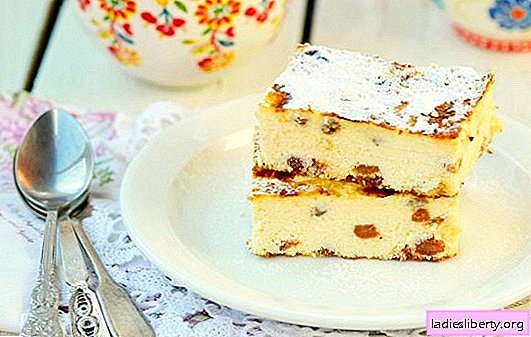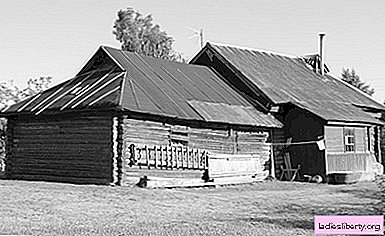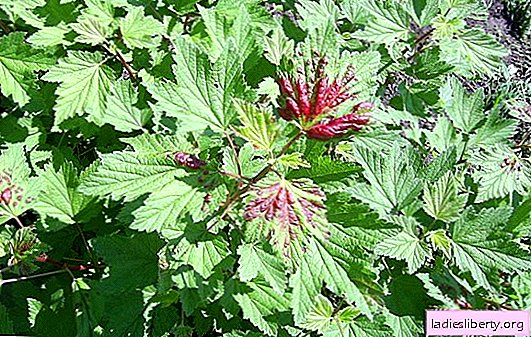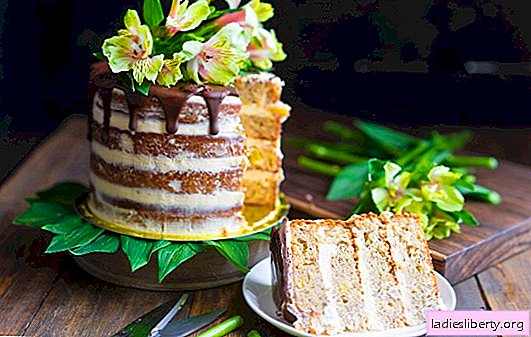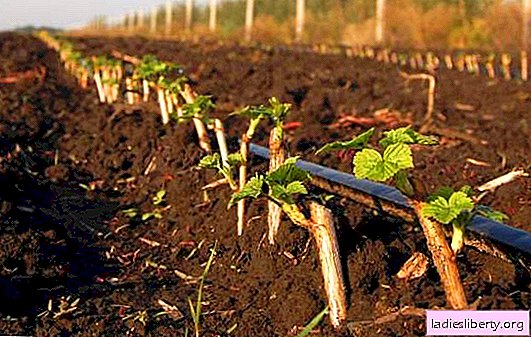
Growing black currants on the site is engaged in any summer resident. To get a good harvest every year is the main goal of gardeners. Blackcurrant is a rather unpretentious and healthy crop. To preserve the favorite variety and obtain planting material, you need to resort to the propagation of shrubs. By doing this yourself, you can significantly save on the purchase of finished seedlings.
How to propagate black currants
The best way to propagate this shrub is vegetative propagation:
green cuttings;
lignified cuttings;
layering;
dividing the bush.
Each method has its own merits. But the simplest and most verified is reproduction by cuttings of the bush. The seedlings obtained in this way completely retain all the varietal characteristics of the mother plant.
The whole process of reproduction consists of several stages:
preparation of the cuttings;
planting material;
care of seedlings.
Propagation of blackcurrant by cuttings is possible throughout the season. This allows you to get enough planting material for work.
We prepare cuttings for planting
Experienced gardeners practice the cutting of currants all year round. Each method has its own characteristics.
1. In the summer, currants are propagated by green cuttings.
This is a rather time-consuming process that requires special skills. Cuttings are harvested from well-developed annual shoots. Rooting is carried out only in the greenhouse. The length of the stalk should be about 10 cm. Each finished stalk should have several green leaves, the tops of the shoots for rooting are not used.
The lower section is made straight and the stem is immersed for 14 hours in a growth stimulant solution. This will speed up the process of root formation. Planting cuttings is carried out in a greenhouse, where the temperature should be at least 25 degrees. Depth of landing is about 2 cm.

2. In spring or autumn, currants are propagated by lignified cuttings.
Cuttings need to be harvested from annual shoots that grow from the root or on two to three year old branches. On the cuttings is the middle of the shoot. The length of the finished handle should be up to 20 cm.
You can prepare cuttings in the spring, in the process of planned pruning, or in the fall before the onset of frost. Cutting is carried out with sharp garden shears. The lower edge of the shoot is cut directly under the kidney, the upper cut is made oblique 1 cm above the kidney.

Planting cuttings
Before planting seedlings, you need to prepare the site. The earth is dug up, leveled, cleared of weeds and form trenches, fertilize.
Blackcurrant prefers organic fertilizers. Compost or rotted manure is laid in the landing trenches. The preparation of trenches for planting takes place in the fall, and the planting of cuttings in the spring. This allows the earth to accumulate enough moisture for better root formation.
Some gardeners plant cuttings in the winter, but this is not recommended. Cuttings do not have time to take root well and die in cold weather. In winter, it is better to grow cuttings at home, and in the spring to plant in the garden.
Spring planting of cuttings should be carried out as early as possible. Prepared blackcurrant cuttings are planted in trenches at a distance of about 10 cm from each other. Between the rows they keep a distance of up to 50 cm. This will facilitate further care and transplanting seedlings to a permanent place.
Fresh plantings must be mulched with humus. The layer of mulching material should be at least 5 cm. This will help retain moisture for root formation. You can use a black film as a mulching layer, which inhibits weed growth, accelerates root development, and preserves soil friability.
Saplings that have developed well in the spring are transplanted to a permanent place in the garden. Weak plants are left to winter in the same place.
Important! When planting cuttings in the winter, they need to be tilted at an angle of 45 degrees. If this is not done, then the frozen earth pushes unrooted shoots to the surface of the soil, and they die.
General recommendations for the reproduction of black currant
Propagating blackcurrants with cuttings, you need to adhere to certain rules, then rooting the shoots will be good.
For rooting cuttings, only nutritious soil is used, which passes moisture and air well to the roots.
Currant loves top dressing. Fertilize seedlings at least 4 times a season. Use organic and mineral complexes, which are bred according to the instructions. An excess of nutrients is harmful to currants.
Regular watering has a positive effect on the bush. It provides a good growth of seedlings, their abundant fruiting.
Growing cuttings at home in the winter, you need to pick off the flowers and ovaries that have appeared. The plant will spend too much energy on flowering, the root system will weaken and you will get a lean bush of currant.
Soil mixtures for rooting cuttings should be quite loose. To prepare the substrate, peat and humus are used in equal parts, sawdust and river sand are added. Such soil passes moisture well, prevents the accumulation of excess fluid.
Planting cuttings of currants in the garden
Rooted cuttings of blackcurrant are planted in the garden, in a permanent place. When propagating currants by cuttings, it is necessary to take into account the density of planting of seedlings.
- The distance between young seedlings should be at least one meter. It depends on the fertility of the soil. On good fertile lands, the distance can be shortened, and on poor soils, planting is carried out at a distance of up to 1.5 meters.
- Lighting plays an important role in growing currants. If there is insufficient light, then the distance between the bushes is increased. Each bush should be well lit.
- Planting density depends on the crown of the bush and variety. Branched varieties require a lot of space, and varieties with a straight narrow crown can be planted denser.

The planting density during the cutting of currants does not significantly affect the yield, small errors are permissible. It must be remembered that with thickened plantings the berries are smaller and their number is less.
Care for blackcurrant seedlings
Propagating blackcurrant by cuttings in a year, you can get good powerful bushes with a good root system. But it is important to remember that these are not adult bushes yet and they need special care.
1. Pruning of shoots is carried out in early spring, leaving up to 4 buds on each branch.
2. The flowers and ovaries that have appeared must be removed to ensure a good increase in lateral shoots.
3. During the season, currants need loosening of the soil. Loosening should be carried out shallow, the roots are on the very surface of the soil.
4. In the dry season, seedlings need watering. Water consumption per plant up to 15 liters.
5. Fertilize with a solution of bird droppings no more than once a month.
Annual and two-year-old currant seedlings need to be cut in the spring, which forms a well-developed crown. The first crop during the propagation of currants by cuttings is removed in the third year of the bush. The maximum peak yield occurs in the sixth year of cultivation, after which the amount of yield falls. Growing blackcurrant cuttings need to rejuvenate the bushes every 10 years.

